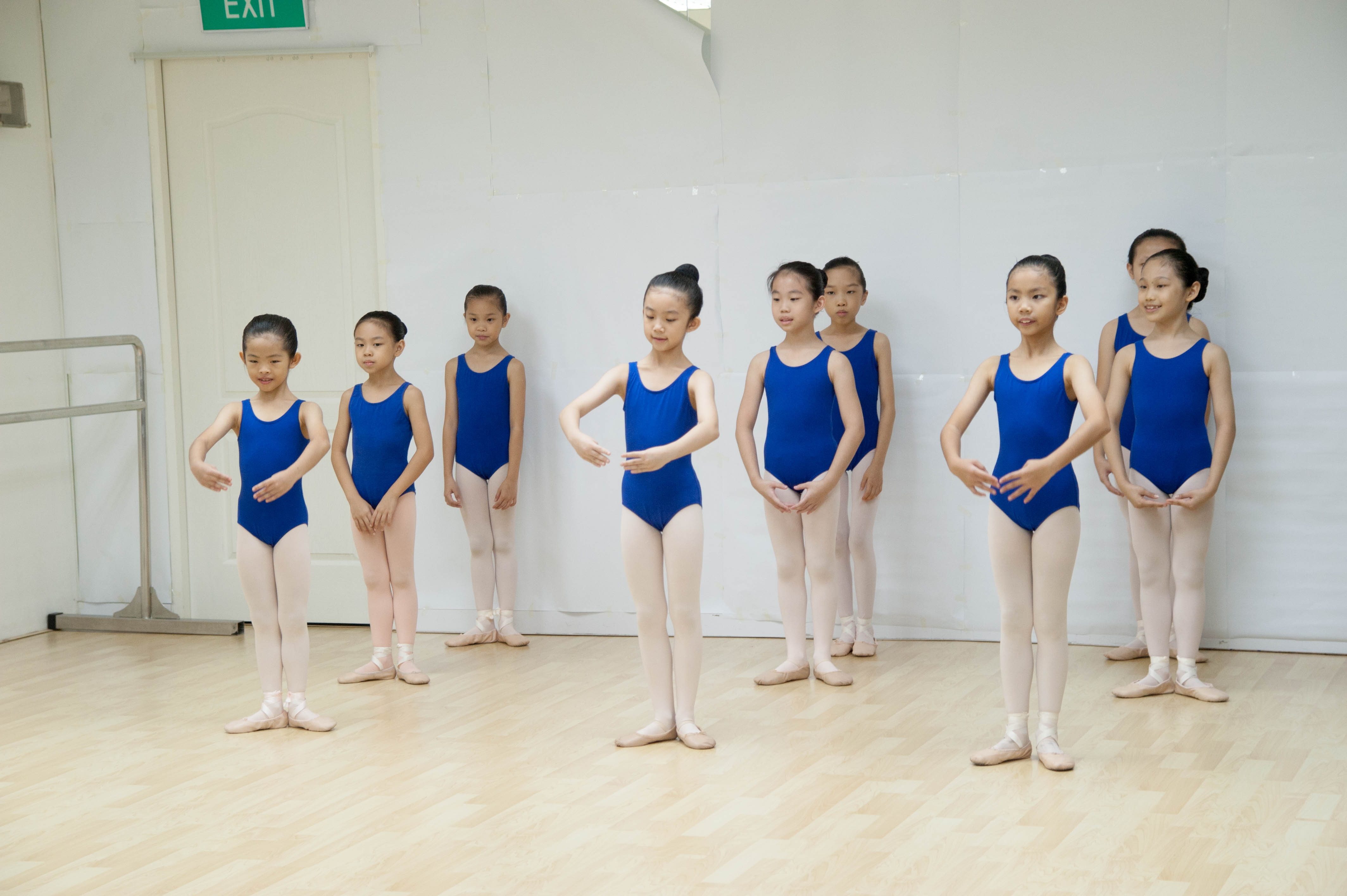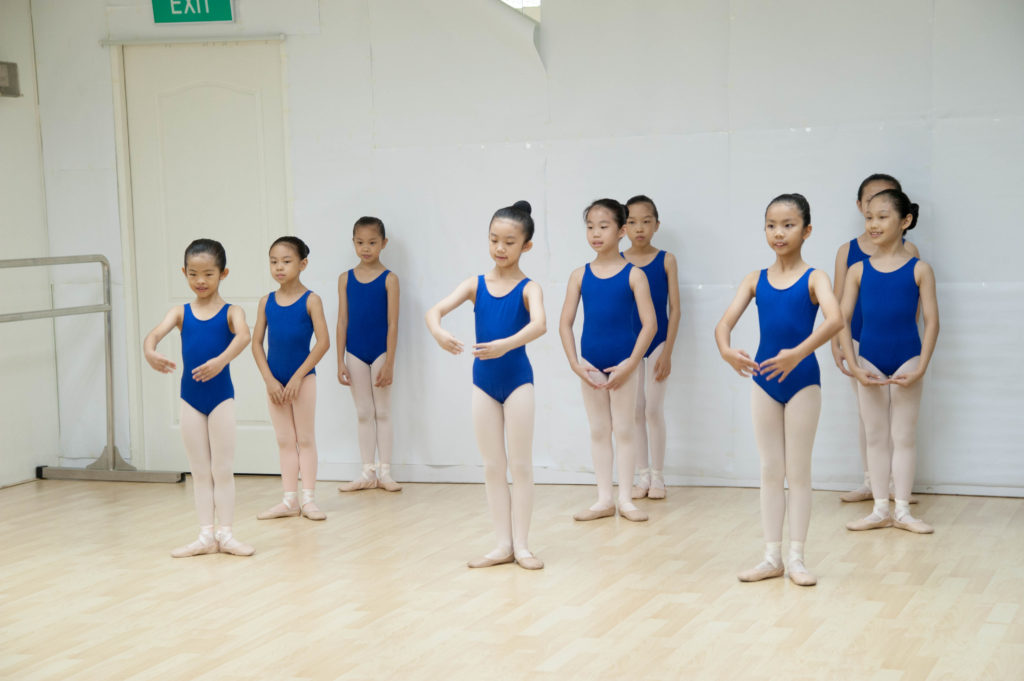Have you ever seen a dancer goes berserk when others try to downplay the difficulty of dancing? Especially so when the culprit involved is a non-dancer?
It is very common for people who have not been through professional dance training to undermine the demands of dance. A lot of non dancers think that they are good dancers just because they can shake to a beat. Just because you like to sing and that you can sing in tune doesn’t mean that you are a good singer. Similarly, just because you can shake in rhythm doesn’t make you a good dancer. There’s a lot more to being a good dancer, I’ll get to that later.
Sometimes I even get requests from parents for their kids to be placed in a higher level classes because they think the class is too repetitive and easy. We understand that not all parents are trained in dance or know what is expected of a good dancer. It is our duty to educate these parents when we come across them. Unfortunately, there will always be a few parents who think that they know better than our instructors who have been through decades of training. Fortunately, most parents are not like that.
To be fair, there are also parents who are keen to learn. I have came across parents who asked me “I noticed that my girl is not dancing as well as her classmates but I don’t quite understand why. She knows all her steps. They are doing the same dance, it looks similar but feels different.”
Well this is because, learning how to dance is not just simply learning a choreography. The difference is all in the details.
From your child’s toddler ballet class, they are taught to stand tall and straight, shift their weight and balance when they raise their legs, straighten their knees and point their feet with every step they take. As they get older, the teacher made sure that they dance with turn out, squeeze their buttocks, hips square to the front, press their shoulders down, tilt their chin up, push their elbows forward and maintain their eye line (yes dancers dance with their eyes too). You get the idea. There is a lot of precision required in dancing to achieve the perfect lines. I’m not going into too much details, but I promise you these are just the tip of the iceberg.
If they are competitive dancers, they are taught to pay attention to the spacing and timing of their dance mates, make full use of the stage’s space, memorize the stage markings, maintain their expressions throughout, keep the audience engaged through eye contact and interactions. All these while still remembering and executing all the techniques with precision to get those perfect lines. Throw in some competition jitters and they would be overloaded, unless they had sufficient preparation work. Did I mention that some of our dancers have as many as 10 dances to remember?
And if they are choreographers, they learn to scrutinize music by its genre, length, tempo and dynamism. They choreograph a dance ensuring that there is enough variation in movement, shape, level and speed. At the same time making sure that the dance is entertaining by designing a theme with matching costumes and props, or throwing in a high difficulty movement such as a stunt of a lift. They need to understand each dancers’ strengths and weaknesses in order to know what can be done and what cannot be done in the choreography and who to lead or use for each section, at the same time taking into consideration of their height and sizes to ensure that the formation looks symmetrical.
If they become assistant teachers, they are not just required to memorize all the dance. They need to be able to tell when the students are lying about understanding what has been taught but in actual fact they don’t. They need to learn how to watch a group of dancers and pick out individual mistakes (think all of the above mentioned) and communicate effectively to the students. If that’s not challenging enough, they need to be able to sustain this level of concentration for hours.
Having spent years dedicating to such intensive training to pay attention to details, you can understand why dancers are habitually observant and detail oriented people.

